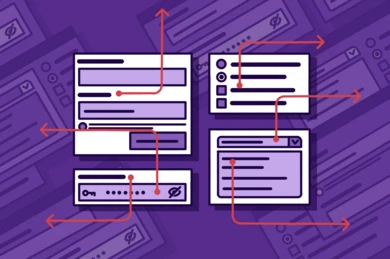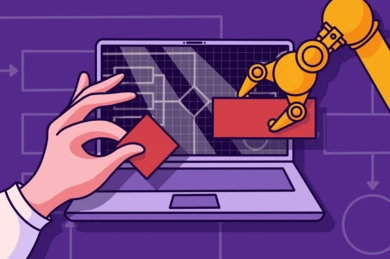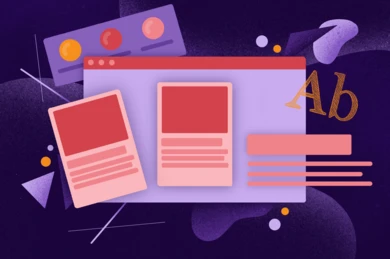
Effective web form design is a critical component of user engagement and conversion. By focusing on clarity, simplicity, and user experience, businesses can create web forms that not only enhance user interaction but also drive conversions and business growth.































